
Penning-In the Hungarian Partridge
At MacFarlane Pheasants, we don’t raise the same old pheasants as other farms, and we don’t build all our outdoor pens the same. We used to raise Hungarian partridges and wanted to share how their pens differed from the others on our farm. Hungarian partridges have different requirements than our [...]
Read Post
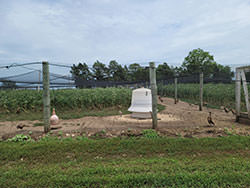
Moving on Up: Transitioning Juvenile Pheasants to the Great Outdoors
After three weeks in the “A” room and four weeks in the “B” room, the former MacFarlane Pheasant chicks are now juveniles and ready to be transferred to outdoor pens. There’s no gentle transition; the birds are loaded into crates and plopped into the outdoor pens. But before we do [...]
Read Post
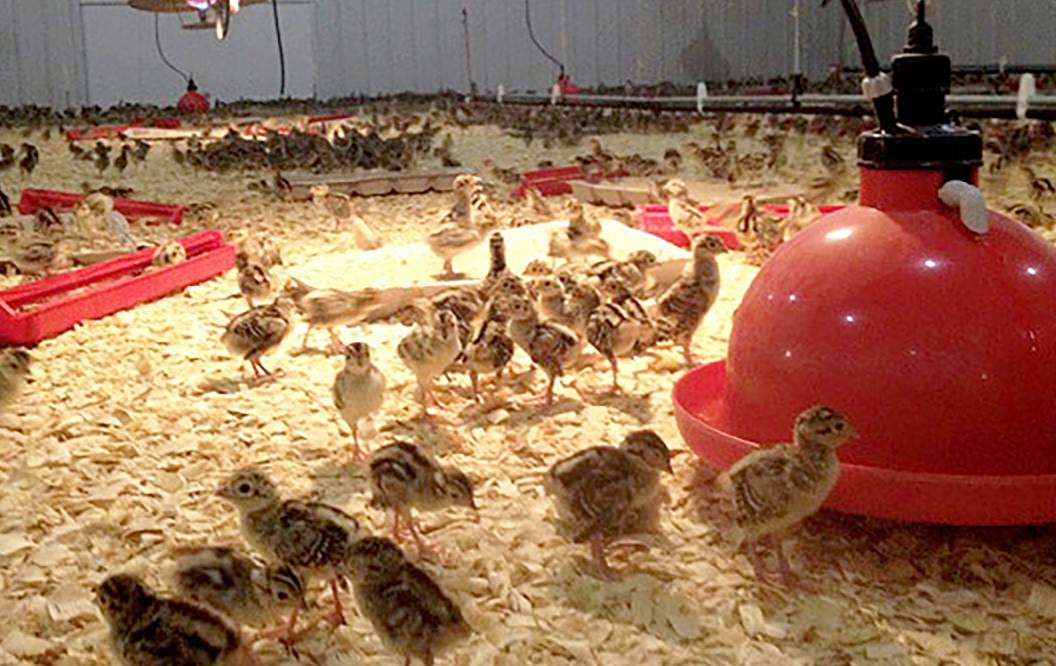
Feeder Space For Chicks And Mature Birds
Once a chick hatches, it is vital to get them to begin feeding as soon as possible. Not only does it give their bodies the proper nutrients required, but it also gets them into the habit of feeding. This is crucial in preventing any potential starve-out. Beginning when they are [...]
Read Post
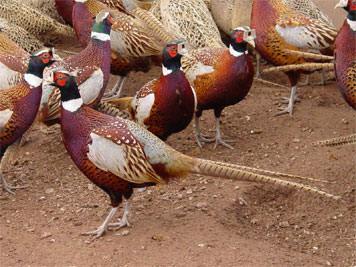
Pheasants are Tough
Temperatures here have been colder the past 2 days than we have had for 20 years. It’s been as low as -18 F (that is the actual temperature, not the wind chill temp). Our birds are nearly all outside, so since we knew last week that this cold snap was [...]
Read Post
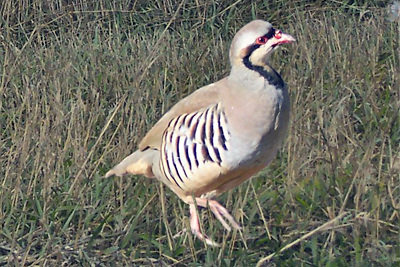
Differences between Hungarian and Chukar Partridges
Hungarian Partridge The Hungarian partridge is more commonly known as a Grey Partridge, familarly called "huns". It can grow up to 28-32 cm long and has a brown back, grey flanks and chest, and many have a white belly with a large chestnut colored horseshoe mark. Huns can lay up [...]
Read Post
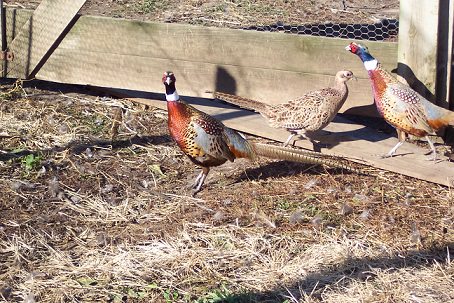
Regrowth Tails
We know what management protocols generally work for the top quality of raising pheasants. We know the density (sq. ft. per bird), the feeder space and waterer space per bird. We know what constitutes good vegetative cover. We know what type of peeper we think works best, etc. etc. We know [...]
Read Post
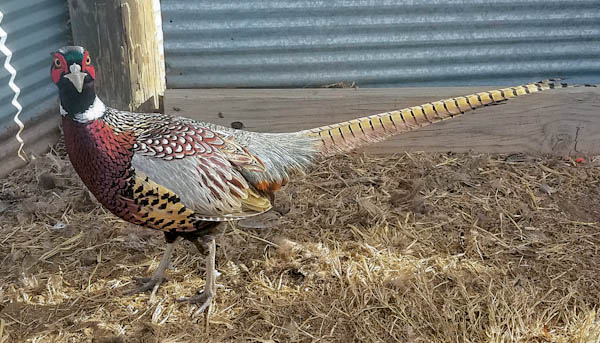
New “Bird” on the Block – Kansas Thunder
At MacFarlane Pheasants, Inc. we strive to be the most progressive and innovative pheasant farm in the world. Our success in market birds throughout the world has been tied to our unique genetics. In the past we have been able to import wild pheasants from China to produce our Manchurian [...]
Read Post
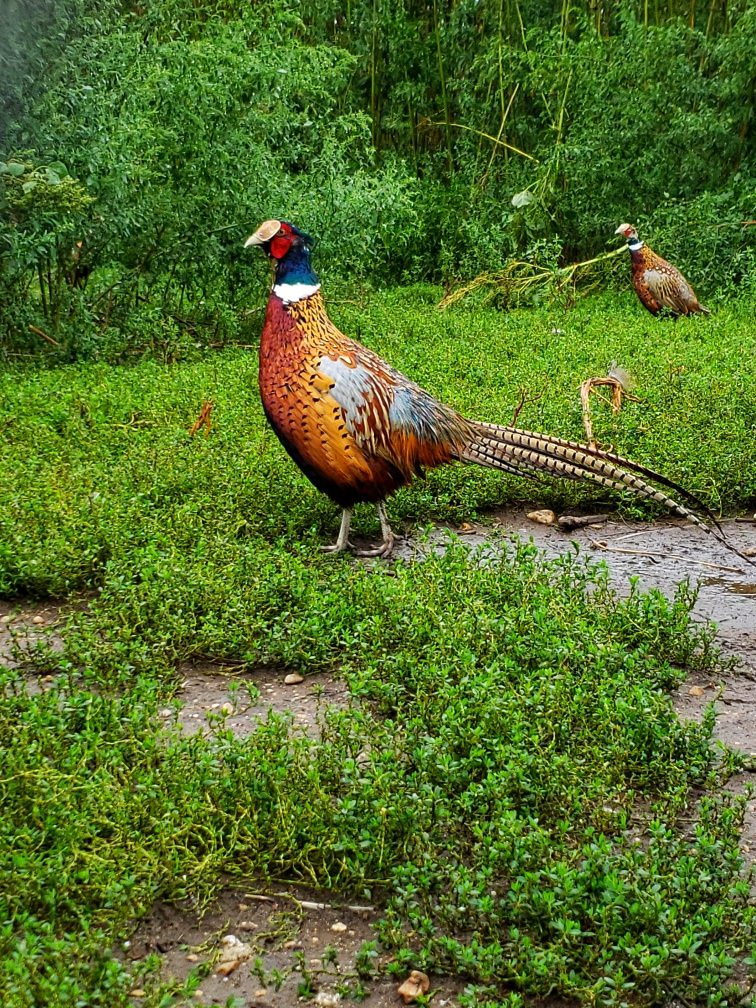
MacFarlane’s Ringneck Pheasant – Many choices among this popular bird.
At MacFarlane Pheasants, Inc. we strive to produce the best pheasant chicks in the industry. This task would be a lot easier if our customers were all looking for birds with similar characteristics; however, we are shipping our birds to many locations around the country where people are looking for [...]
Read Post
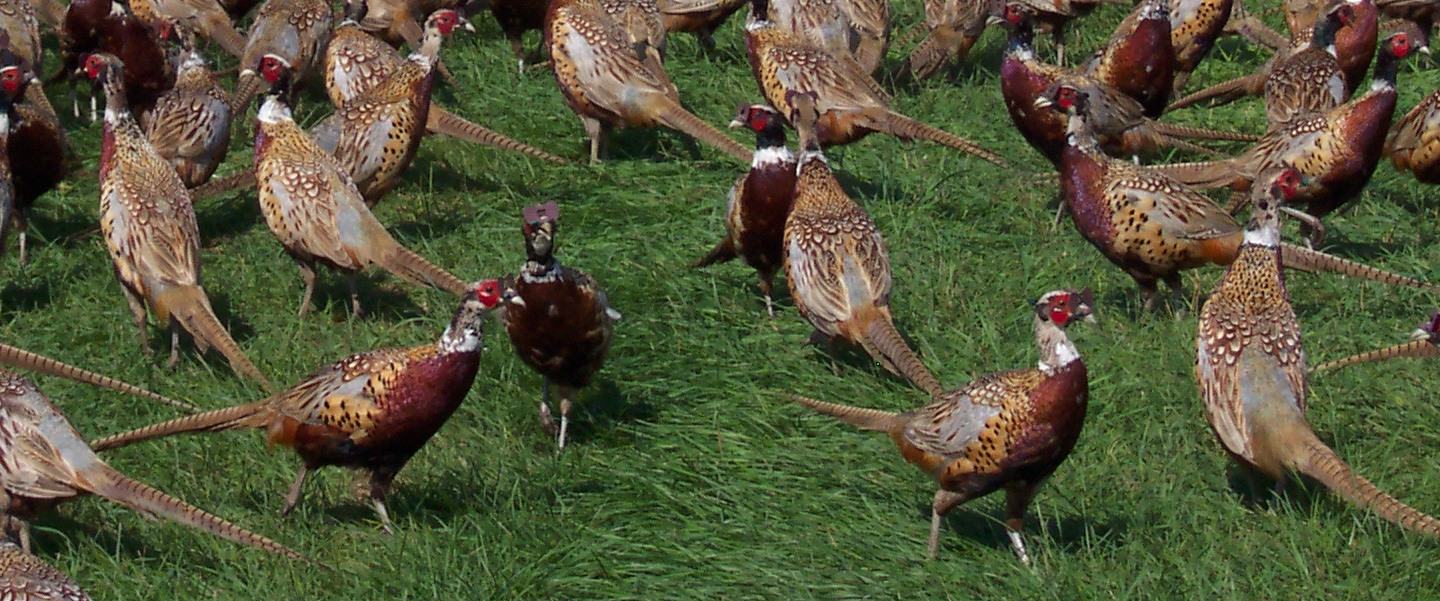
Why Do Pheasants Pick?
Over the years I’ve heard lots of stories and rationalizations why pheasants pick. I am going to just lay out all the things I’ve heard and then give you my own theories. Pheasants cannibalize each other because they aren’t used to be penned up and captive. Pheasants can be the [...]
Read Post
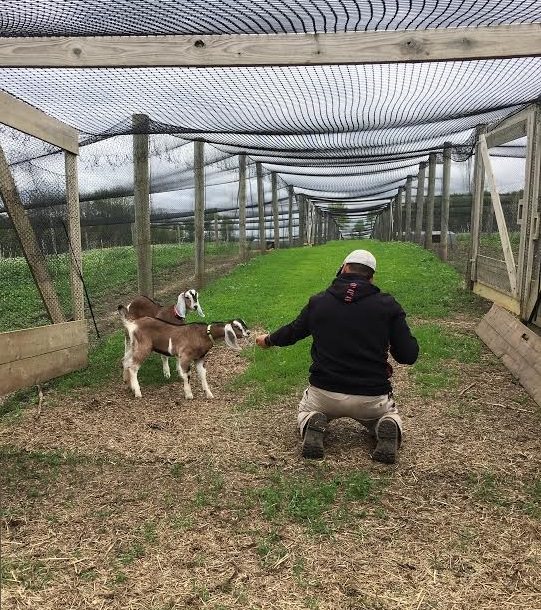
Can Goats Be Helpful on a Pheasant Farm?
Trudy DeRemer, MacFarlane Pheasants, Inc Center Farm Manager, brought these adorable goats to the Center Farm on May 18, 2019. They were born on April 1, 2019. Trudy got these two Nubian bucklings from her friends at Raspberry Hill Farm in Monroe, WI and brought them to MacFarlane Pheasants to [...]
Read Post
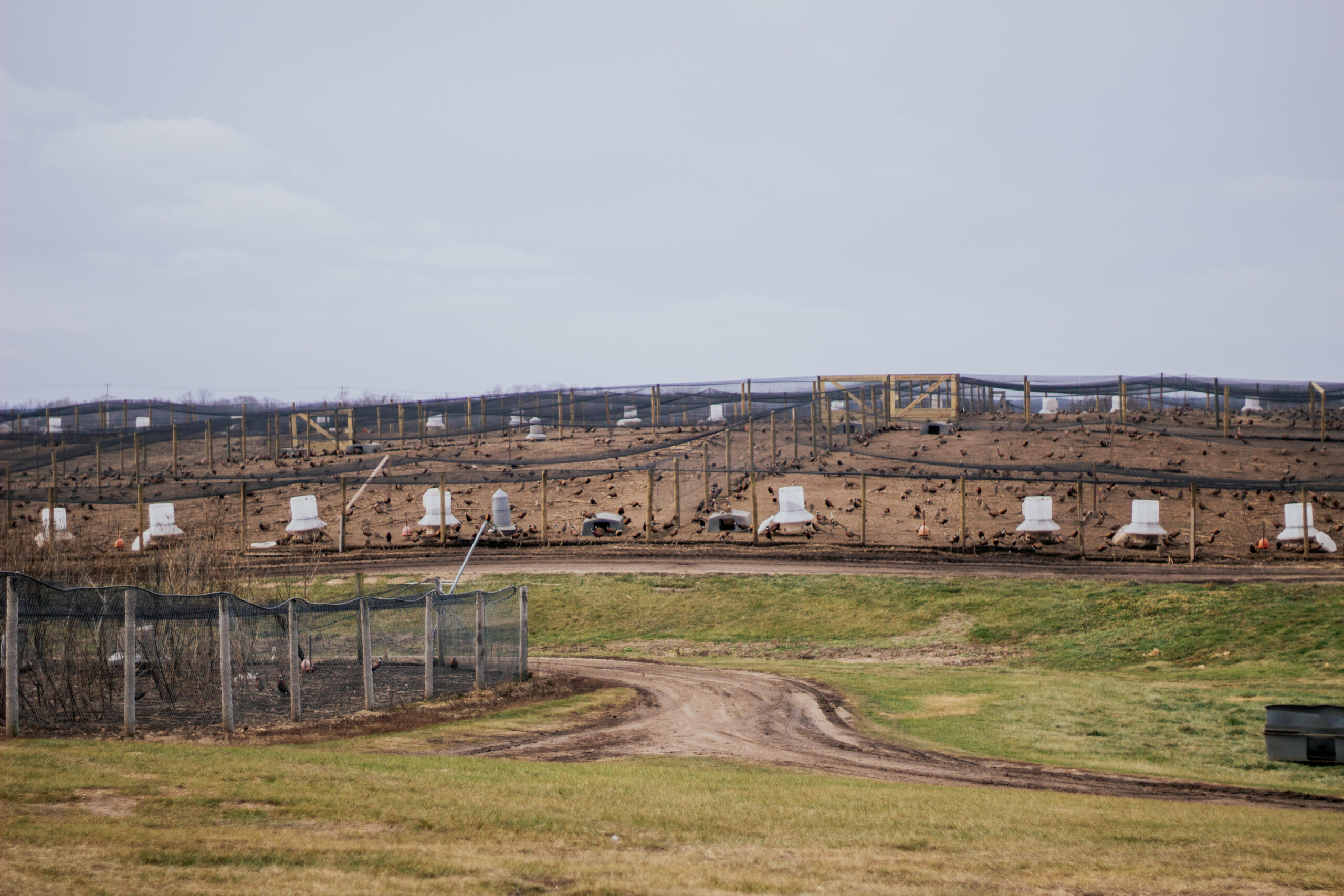
Transitioning Pheasants From Brooder Barns to Flight Pens
Transitioning pheasants from the brooder barn to the flight pen can be a difficult and frustrating experience. We have come up with a recipe, if you will, on how to properly transition pheasants to the flight pens. By following the recipe, the transition should be a smooth one. The first [...]
Read Post
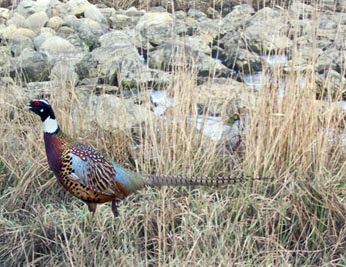
Manchurian Cross Pheasants, Exclusively MacFarlane’s
It is with pride that we have followed the success of our Manchurian Cross pheasants across the United States, Canada and in Europe. We hatched approximately three hundred thousand (300,000) Manchurian Cross pheasant chicks during this 2004 season. The reason we use the word “cross” is that it refers to the fact [...]
Read Post
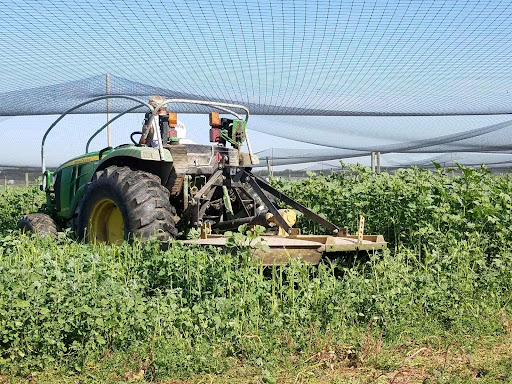
Mowing Is A Must! Pheasants Need Open Space To Get Sunlight, Warm Up, And Dry Off
At six to seven weeks of age, pheasants are moved from the brooder barn into flight pens. They live in these flight pens until they are shipped, around twenty-two weeks of age. Understanding how to manage covered pens is essential in producing a quality pheasant. Establishing cover in the pen is [...]
Read Post

Tail Length and Genetics
Years ago there was a wide variance in mature pheasant feathering quality between growers. It was common for some pheasant raisers to over-crowd their birds and therefore produce birds with broken, notched or missing tails. If a producer raised pheasants and they had full tails, that in and of itself [...]
Read Post

A New Bird in the Flock – the French Redleg Partridge
The red-legged partridge is a game bird in the partridge family sometimes known as French Partridge or simply as Redleg Partridges. Bred for centuries on gamebird farms in France and Italy, the Redleg has not been bred on a commercial scale in the United States (in comparison to the many [...]
Read Post
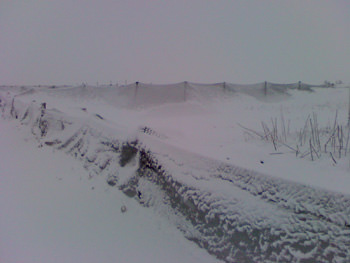
Let Them Eat Snow
November has been very kind to us – weather wise. We have over 100,000 pheasants on the farm – outside in the pens. Once we reach late October and then November, our water system usually freezes. Once the water system is down, the birds will eat snow – if there [...]
Read Post
